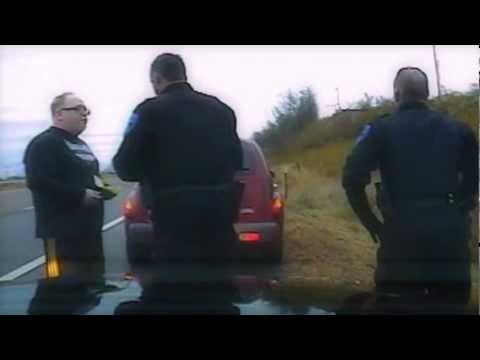Error rates of drug sniffing dogs, cries out for a new study.
In Florida v. Jardines, the U.S. Supreme Court will determine whether the sniff of a trained narcotics dog at the front door of a person’s home constitutes a Fourth Amendment search. This is very exciting for privacy scholars because it presents two possible shifts in Fourth Amendment jurisprudence. First, the court might further expand Justice Scalia’s “magical places” rationale to reinforce that the home is a formidable privacy fortress, protecting all information from the detection of government agents unless that information happens to be visible to the human eye.
The second possibility — the one I root for — is that the court may choose to reopen the holding and reasoning of the previous dog sniff cases, Place and Caballes (which determined that dog sniffs conducted on a car and on luggage did not constitute a search.) Justice Stevens’ majority opinion in Caballes held that a dog sniff “discloses only the presence or absence of narcotics, a contraband item.” (Quoting Place.) While Justice Souter found this assumption deeply flawed, Stevens avoided wrestling with the false alert problem on procedural and evidentiary grounds.
Although respondent argues that the error rates, particularly the existence of false positives, call into question the premise that drug-detection dogs alert only to contraband, the record contains no evidence or findings that support his argument.
This is certainly fixable. Because the reasoning of the former precedents partially rests on the mythical infallible dog, it is high time the court ditch the old cases and start the dog sniff analysis anew in light of dog error rates.
I am concerned that the ill-advised War on Drugs is distorting the privacy debate. These distortions are hardening a distrust of technological advances in law enforcement, even when new technologies have the chance to improve criminal investigations and enhance privacy simultaneously. Our Fourth Amendment jurisprudence should stay focused on how law-abiding citizens are treated by their state and federal governments. As Daniel Solove’s influential article “Nothing to Hide” makes plain, privacy interests persist even if a government’s information-gathering program avoids putting a person through the full-blown hassle of arrest, seizure, or some other intrusive interference.
http://blogs.law.harvard.edu/infolaw/2012/03/13/do-reactions-to-drug-sniffing-dogs-say-more-about-drug-policy-than-privacy/#more-1510
YouTube video suggests a false K9 narcotics detection involving a K9 Officer named Michael Reichert.


